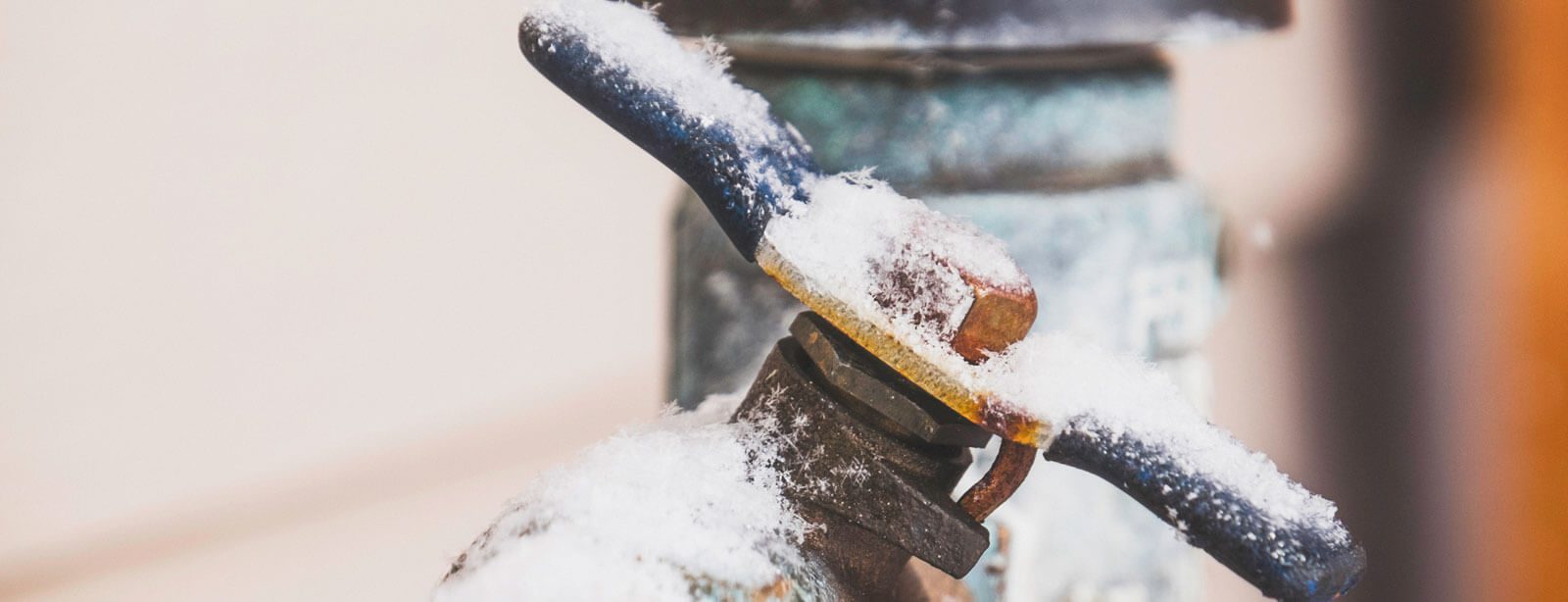What're your ideas on How to prepare your home plumbing for winter weather?

Cold weather can ruin your plumbing, specifically by freezing pipelines. Here's exactly how to prevent it from taking place and what to do if it does.
Introduction
As temperatures decrease, the risk of frozen pipelines boosts, potentially causing pricey repairs and water damages. Comprehending how to prevent icy pipelines is important for house owners in chilly climates.
Avoidance Tips
Insulating susceptible pipelines
Cover pipes in insulation sleeves or make use of warm tape to secure them from freezing temperatures. Concentrate on pipelines in unheated or exterior locations of the home.
Heating methods
Maintain interior rooms sufficiently heated, particularly locations with plumbing. Open up cabinet doors to allow cozy air to flow around pipes under sinks.
Exactly how to identify frozen pipelines
Seek lowered water circulation from taps, uncommon smells or noises from pipes, and noticeable frost on subjected pipes.
Long-Term Solutions
Architectural changes
Think about rerouting pipes away from outside walls or unheated areas. Include added insulation to attics, basements, and crawl spaces.
Upgrading insulation
Invest in top quality insulation for pipes, attic rooms, and wall surfaces. Proper insulation aids preserve regular temperatures and reduces the risk of icy pipes.
Protecting Exterior Plumbing
Garden hoses and exterior taps
Disconnect and drain garden tubes before winter season. Install frost-proof spigots or cover outdoor faucets with insulated caps.
Understanding Icy Pipelines
What causes pipelines to ice up?
Pipelines ice up when exposed to temperatures below 32 ° F (0 ° C) for expanded durations. As water inside the pipelines ices up, it expands, taxing the pipe wall surfaces and potentially creating them to rupture.
Risks and damages
Icy pipes can result in water system disruptions, residential or commercial property damage, and costly fixings. Burst pipelines can flood homes and cause substantial structural damage.
Signs of Frozen Pipes
Recognizing frozen pipes early can prevent them from rupturing.
What to Do If Your Pipelines Freeze
Immediate activities to take
If you believe frozen pipelines, maintain faucets open up to ease pressure as the ice thaws. Utilize a hairdryer or towels soaked in warm water to thaw pipes slowly.
Final thought
Stopping icy pipelines needs positive steps and quick reactions. By comprehending the causes, indicators, and preventive measures, homeowners can secure their plumbing during winter.
6 Proven Ways to Prevent Frozen Pipes and Protect Your Home
Disconnect and Drain Garden Hoses
Before winter arrives, start by disconnecting your garden hoses and draining any remaining water. Close the shut-off valves that supply outdoor hose bibs and leave the outdoor faucet open to allow any residual water to drain. For extra protection, consider using faucet covers throughout the colder months. It’s also important to drain water from any sprinkler supply lines following the manufacturer’s directions.
Insulate Exposed Pipes
Insulating your pipes is an effective way to prevent freezing. Pipe insulation is readily available at home improvement stores and is relatively inexpensive. Pay close attention to pipes in unheated areas such as the attic, basement, crawl spaces, or garage. Apply foam insulation generously to create a buffer against the cold. You can also wrap your pipes in heat tape or thermostat-controlled heat cables for added warmth.
Seal Air Leaks
Inspect your home for any cracks or openings that could let in cold air. Seal any holes around the piping in interior or exterior walls, as well as the sill plates where your home rests on its foundation. Additionally, make sure to keep your garage door closed unless you’re entering or exiting. Leaving it open creates a significant air leak that can lead to frozen pipes.
Allow Warm Air Circulation
During cold snaps, it’s essential to allow warm air to circulate evenly throughout your home. Leave interior doors ajar to promote better airflow. Open kitchen and bathroom cabinets to help distribute heat consistently around the rooms. If you have small children or pets, be sure to remove any household chemicals or potentially harmful cleaners from open cabinets for safety.
Let Faucets Drip
A small trickle of water can make a big difference in preventing ice formation inside your pipes. When temperatures drop significantly, start a drip of water from all faucets served by exposed pipes. This continuous flow helps prevent the water from freezing. Additionally, running a few faucets slightly can relieve pressure inside the pipes, reducing the chances of a rupture if the water inside does freeze.
https://choateshvac.com/6-proven-ways-to-prevent-frozen-pipes-and-protect-your-home/

Do you appreciate more info about 6 Ways to Prevent Frozen Pipes? Put feedback further down. We'd be happy to know your reactions about this entry. Hoping to see you back again before long. So long as you liked our post please make sure you remember to pass it around. We truly appreciate reading our article about Winter Plumbing Precautions: Preventing Frozen Pipes.
Schedule Your Service